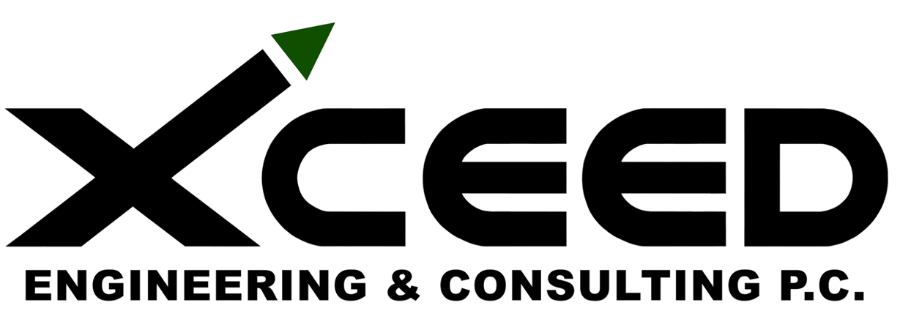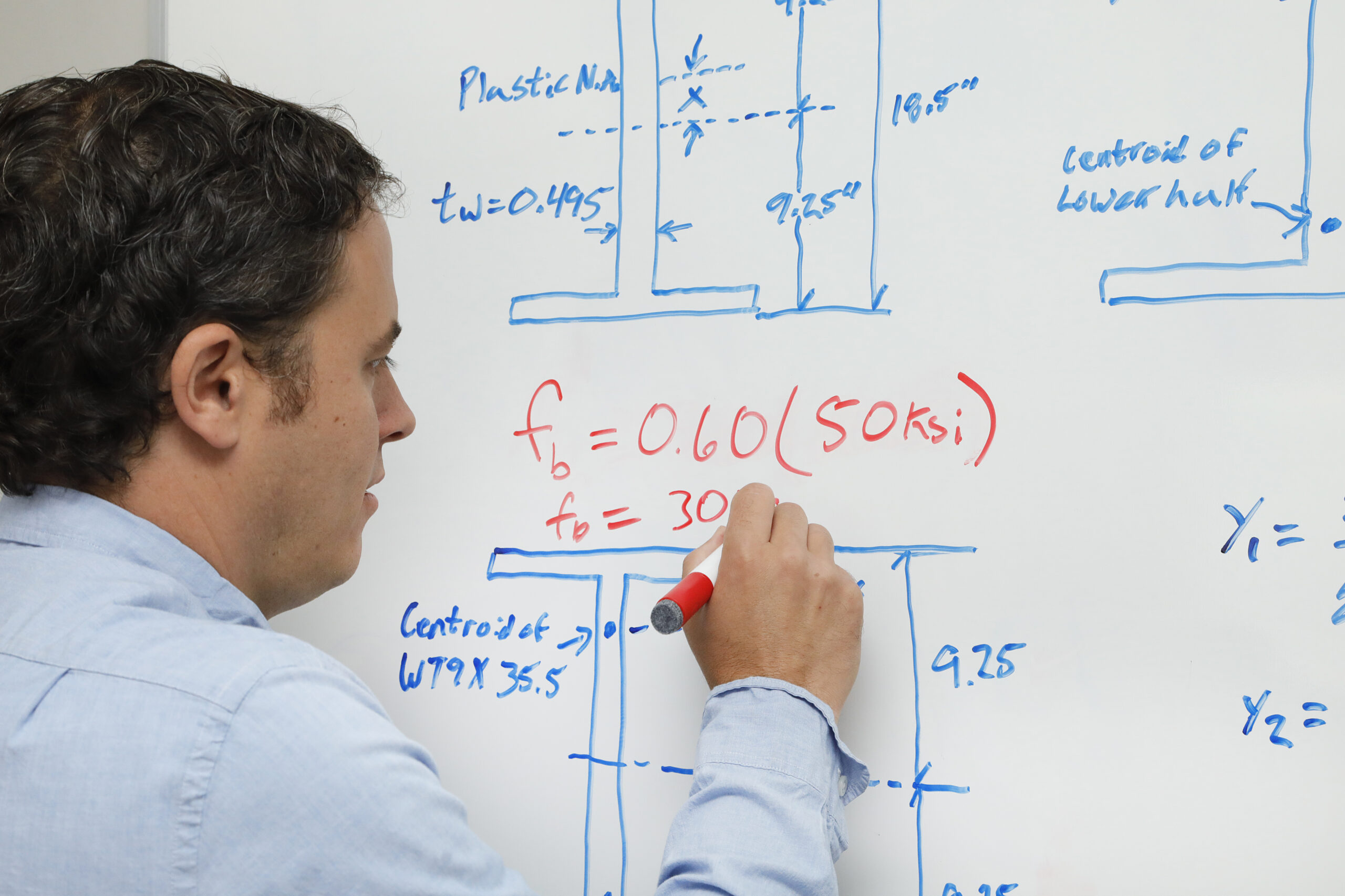
Pipe Stress Capabilities
XCEED Engineering delivers end-to-end piping system design and pipe stress analysis—from concept through final construction—backed by decades of field-proven experience.
Our senior engineers combine practical plant knowledge with advanced analysis to ensure code compliance, reliability, and long-term performance.
We design to the requirements of applicable industry codes and know when and how to apply them to real-world systems. Common codes include:
- ASME B31.1 Power Piping
- ASME B31.3 Process Piping
- ASME Boiler & Pressure Vessel Code, Section III
What sets us apart:
- Deep code expertise and audit-ready documentation
- Efficient model build and validation using industry-standard tools
- Seamless integration with plant operations, maintenance, and constructability needs
services
Work With Us!
XCEED Engineering’s pipe stress analysis team delivers end-to-end piping system design, from concept through construction, with precision, safety, and cost efficiency at the forefront.
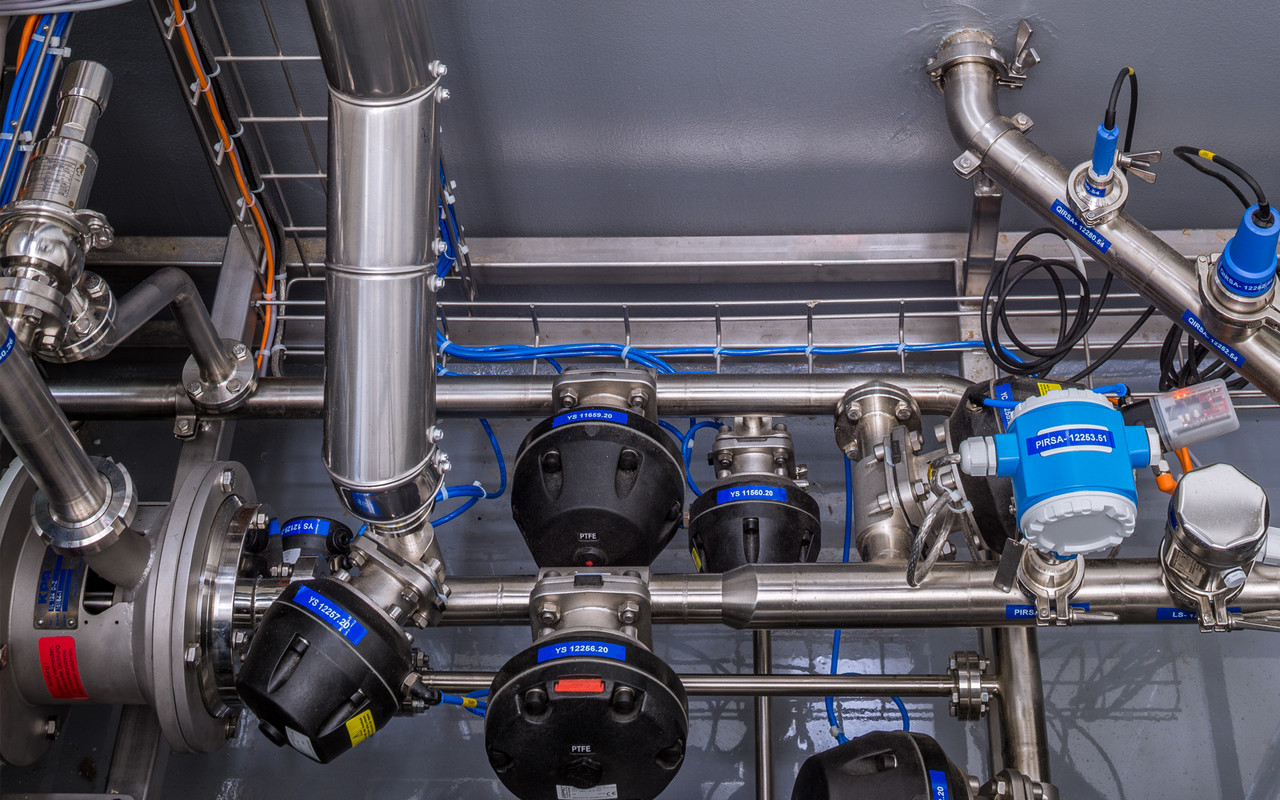
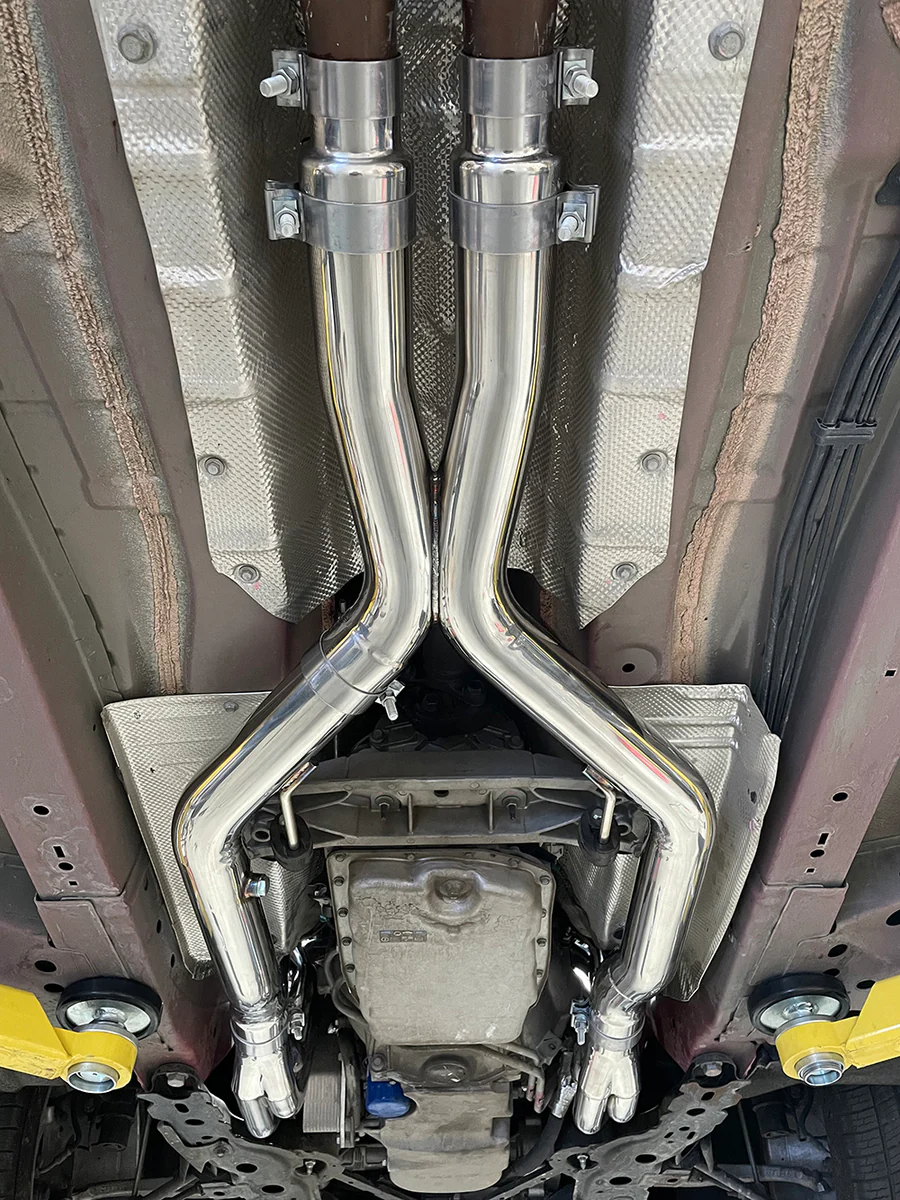
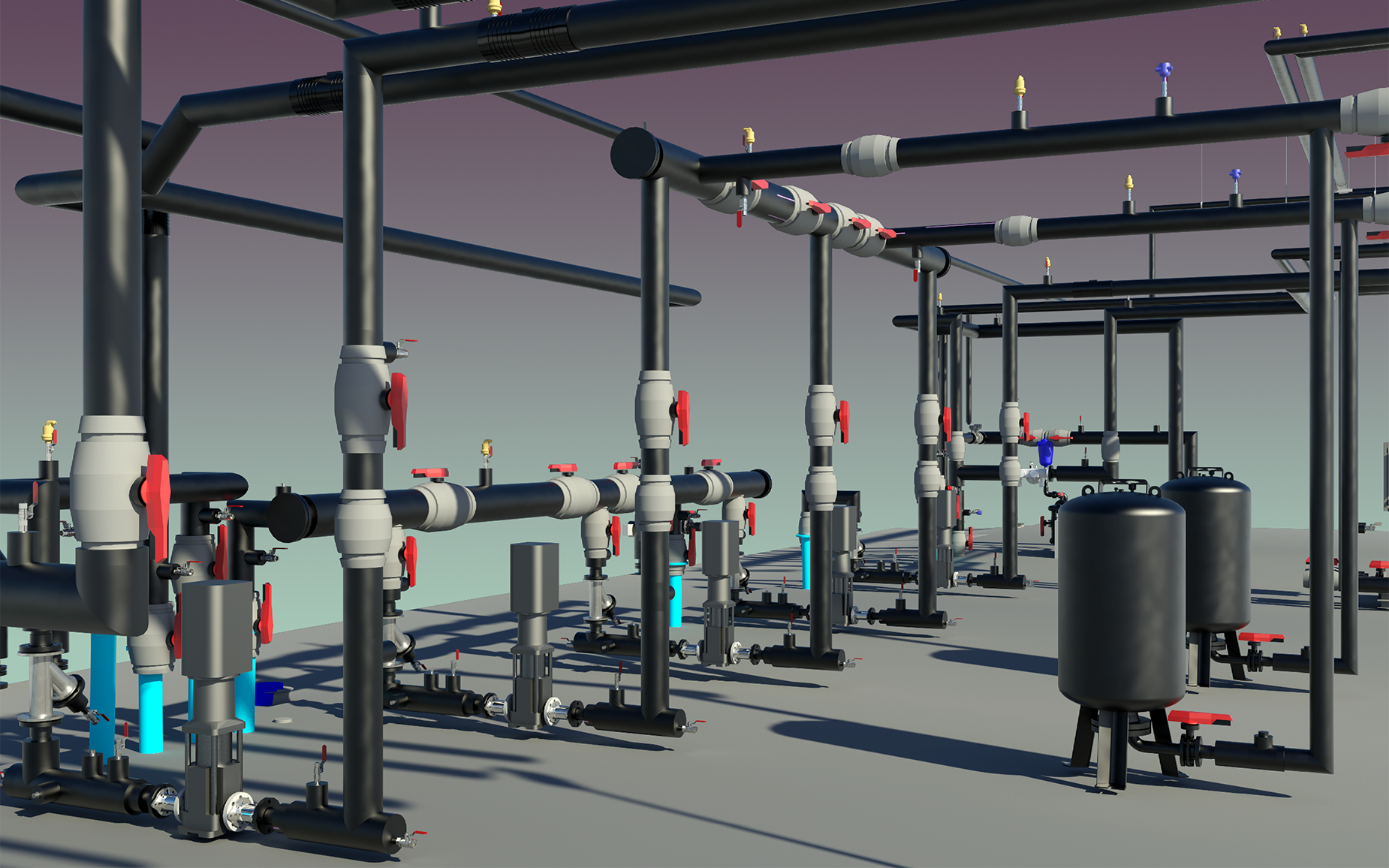
Pipe Stress Analysis
Piping flexibility drives stress, support loads, equipment nozzle loads, and thermal growth behavior. Small routing or support changes can create outsized impacts. Our analysts anticipate these interactions early, then iterate quickly to optimize layouts and supports before costly rework occurs.
How we deliver:
- Advanced analysis using calibrated models and FEA where needed
- Thermal, weight, seismic, wind, and occasional load case evaluations
- Nozzle load management aligned with OEM limits or verified by analysis
- Practical recommendations that reduce field modifications and startup risk
Outcome: compliant stress results, reduced support count, fewer field conflicts, and smoother commissioning.
Pipe Support Analysis
We evaluate each support to carry the right load at the right time—without overspending.
Our approach:
- Hand calculations for rapid screening and verification
- Finite Element Analysis (FEA) for complex load paths and localized effects
- Reuse and upgrade of existing supports when feasible to lower cost
- Clear, constructible support details to minimize outage time
Result: robust support strategies that meet code and performance goals while controlling total installed cost.

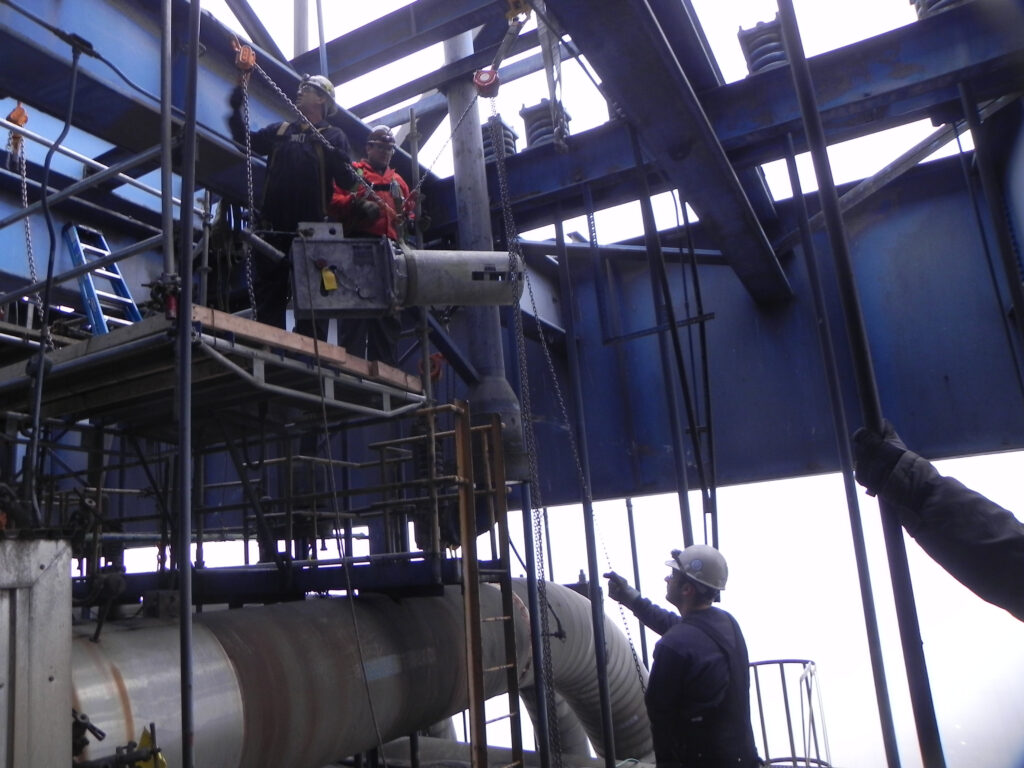
Nozzle Structural Analysis
Equipment nozzles often govern allowable loads. We design to OEM limits—and when limits are restrictive or unknown, we verify capacity with detailed analysis.
Our capabilities:
- FEA of nozzle-to-shell regions for local stress and stiffness
- Assessment of combined thermal, seismic, and transient loads
- Engineering justification for loads that may exceed catalog limits, when supported by analysis
Proven value: we have demonstrated additional margin on critical nozzles, enabling safe operation without costly equipment modifications.
Degraded System Evaluation
When inspections uncover thinning, cracking, or through-wall leaks, rapid, defensible decisions are essential. We combine pipe stress analysis with targeted FEA to determine operability and safe-run intervals.
What we provide:
- Fitness-for-service style evaluations for degraded sections
- Temporary configuration assessments and clamps/patches impact
- Outage deferral strategies with engineering basis and monitoring plans
Benefit: maintain safety and compliance while avoiding unplanned outages.
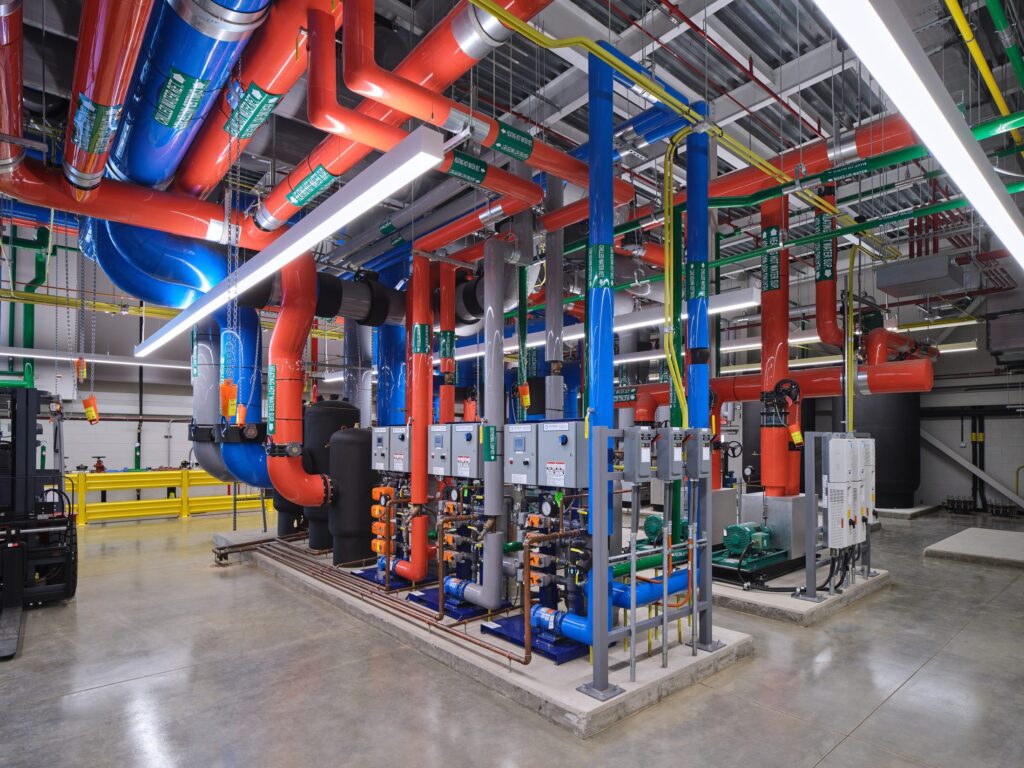
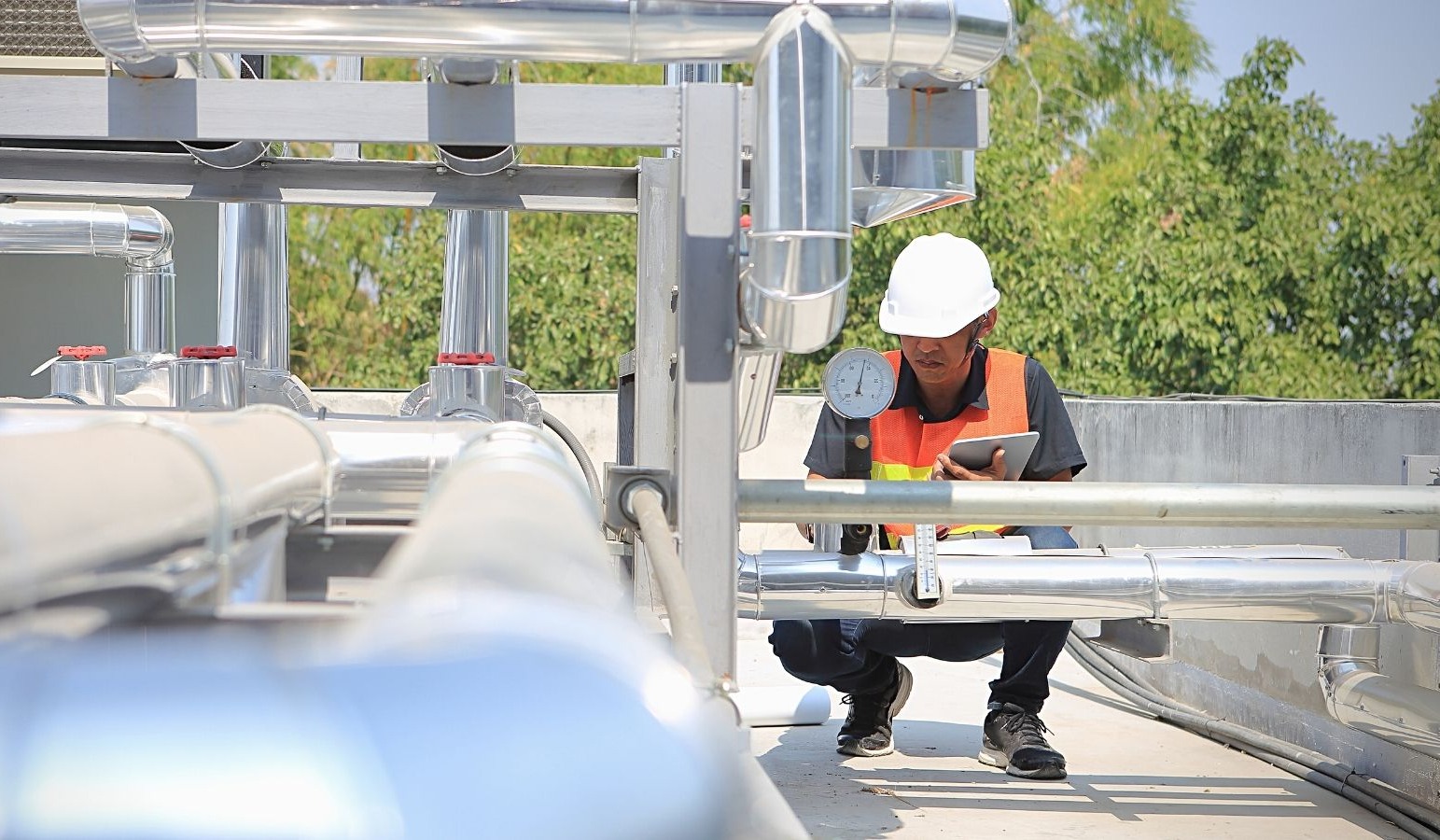
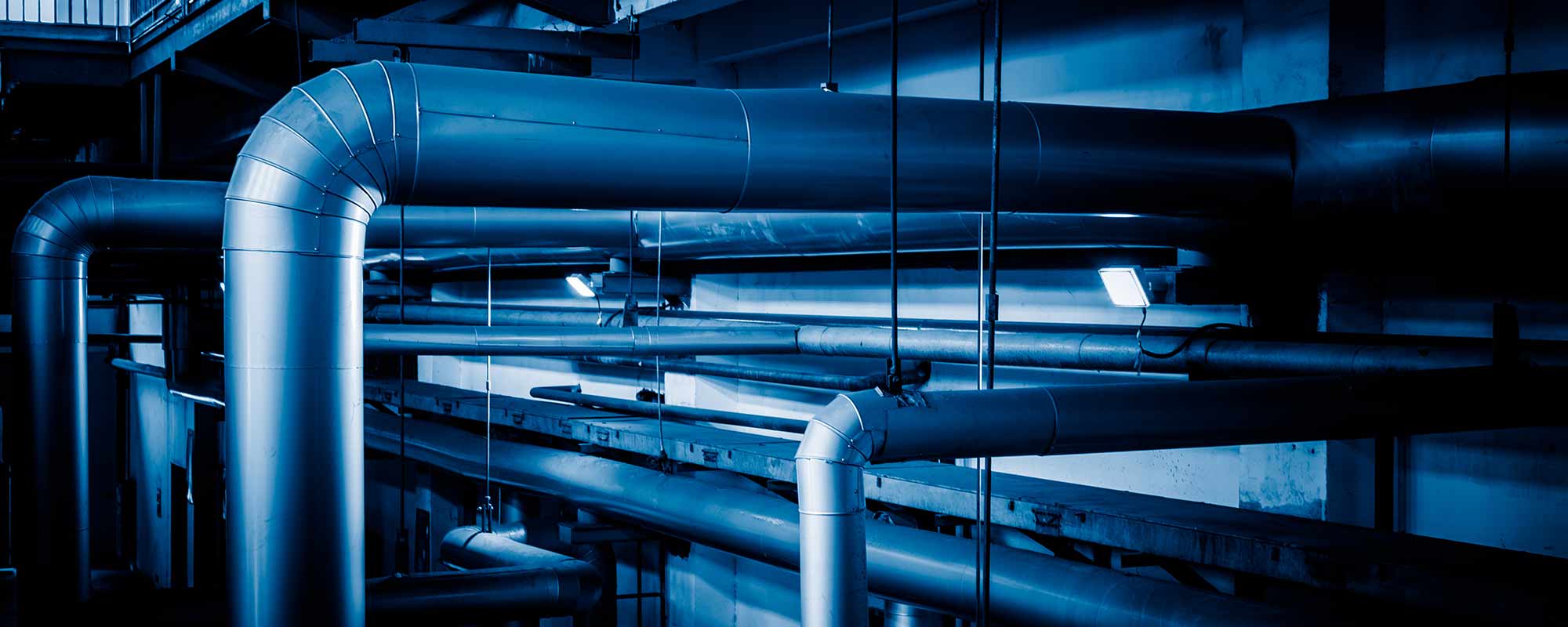
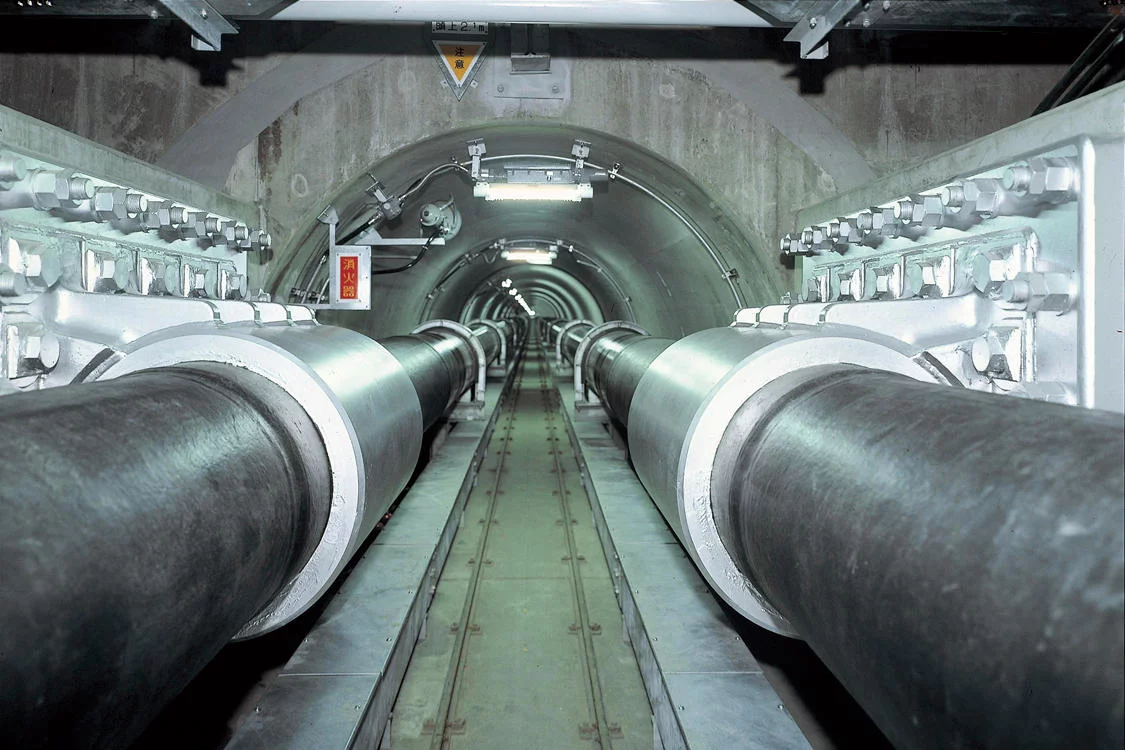
Transient Analysis
Faulted and transient loads—earthquakes, water hammer, relief events, and missile impacts—place the highest demands on piping and supports. Our team performs nonlinear and time-history analyses to capture true system response.
Expertise includes:
- Seismic analysis (linear and nonlinear), support gaps, and snubber behavior}
- Fluid transient loads (e.g., water hammer) with realistic boundary conditions
- High-energy events and localized impact assessments using advanced FEA
Deliverables: actionable design changes, tuned supports, and verified margins that withstand extreme events.
System Optimization for Cost
We design for lifecycle value—not just first cost. Using stress analysis as a design lever, we:
- Minimize maintenance-intensive components (e.g., snubbers) where appropriate
- Standardize supports and details to reduce procurement and install time
- Improve accessibility and operability for faster routine tasks
- Provide clear as-built documentation to speed future modifications
The result is a reliable, maintainable piping system with lower total cost of ownership.
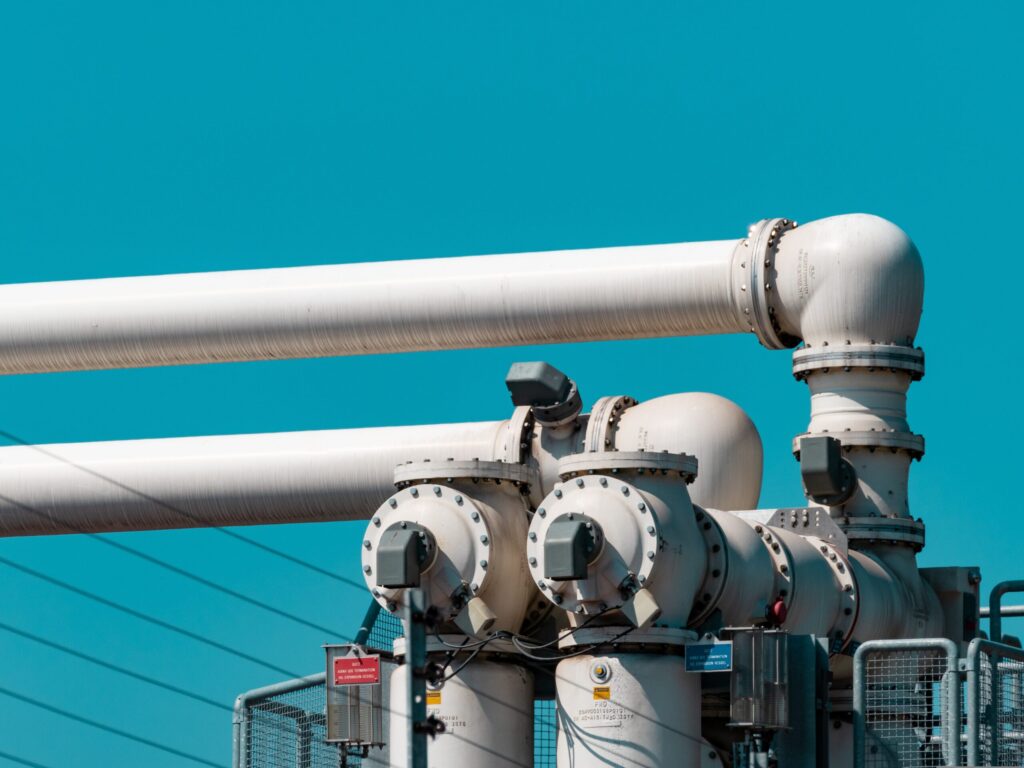
Why XCEED Engineering
- Proven industry expertise: nuclear, power, process, and industrial facilities
- Advanced tools and methods: targeted FEA, nonlinear analysis, and validated modeling
- Speed with rigor: fast turnaround without compromising quality or compliance
- Field-ready solutions: constructible, operator-friendly, and outage-aware
Ready to solve your piping challenge? Contact us to discuss your system and get an engineering approach tailored to your plant and schedule.
